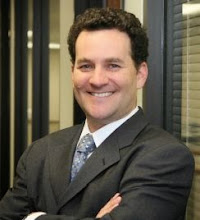For example, Kahneman and Tversky realized that -- contrary to modern economic theory -- gains and losses are not absolute. They are not perceived in the same for all people, and they are not perceived consistently over time. They change depending on one’s circumstances, or reference points. In Thinking, Fast and Slow, Kahneman illustrates this with a simple example. Hold one hand in a bowl of hot water and the other in a bowl of cold water, then put both in a bowl of room temperature water. One feels warm, the other cold. The starting (reference) point for each is different, and so is the perception of the ending point.
Reference points play a very important role in financial situations. Consider Jack and Jill. Each has $5 million. Yesterday, Jack had $1 million, and Jill had $9 million. Classical economics holds that the $5 million has the same utility for each, and they are equally happy. But are they? Obviously not. Kahneman and Tversky, who brought human psychology to economics, recognized that Jack and Jill’s happiness depends not only on what they have, but also on what they had – their reference points. Jack is happy with his $5 million; Jill is not at all happy with hers.
This simple idea that reference points are relative and may change over time may seem obvious, but it revolutionized economic theory and it plays an extremely important role in understanding both how people make decisions in reality and how to help them make better decisions.
In later posts, I will discuss the importance of reference points in mediation and the use of reference points to help seal the deal. Next time: The Greater the Loss or Gain, the Less Any Additional Incremental Change Matters.





